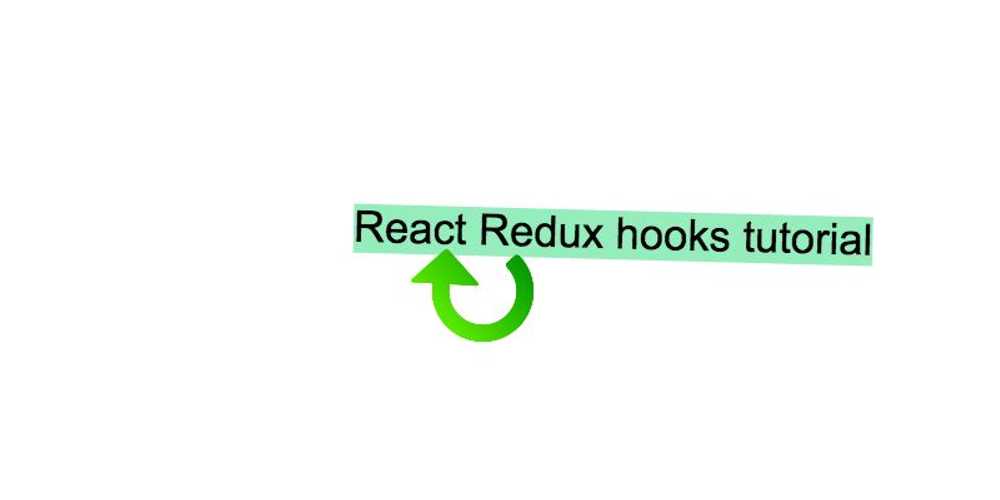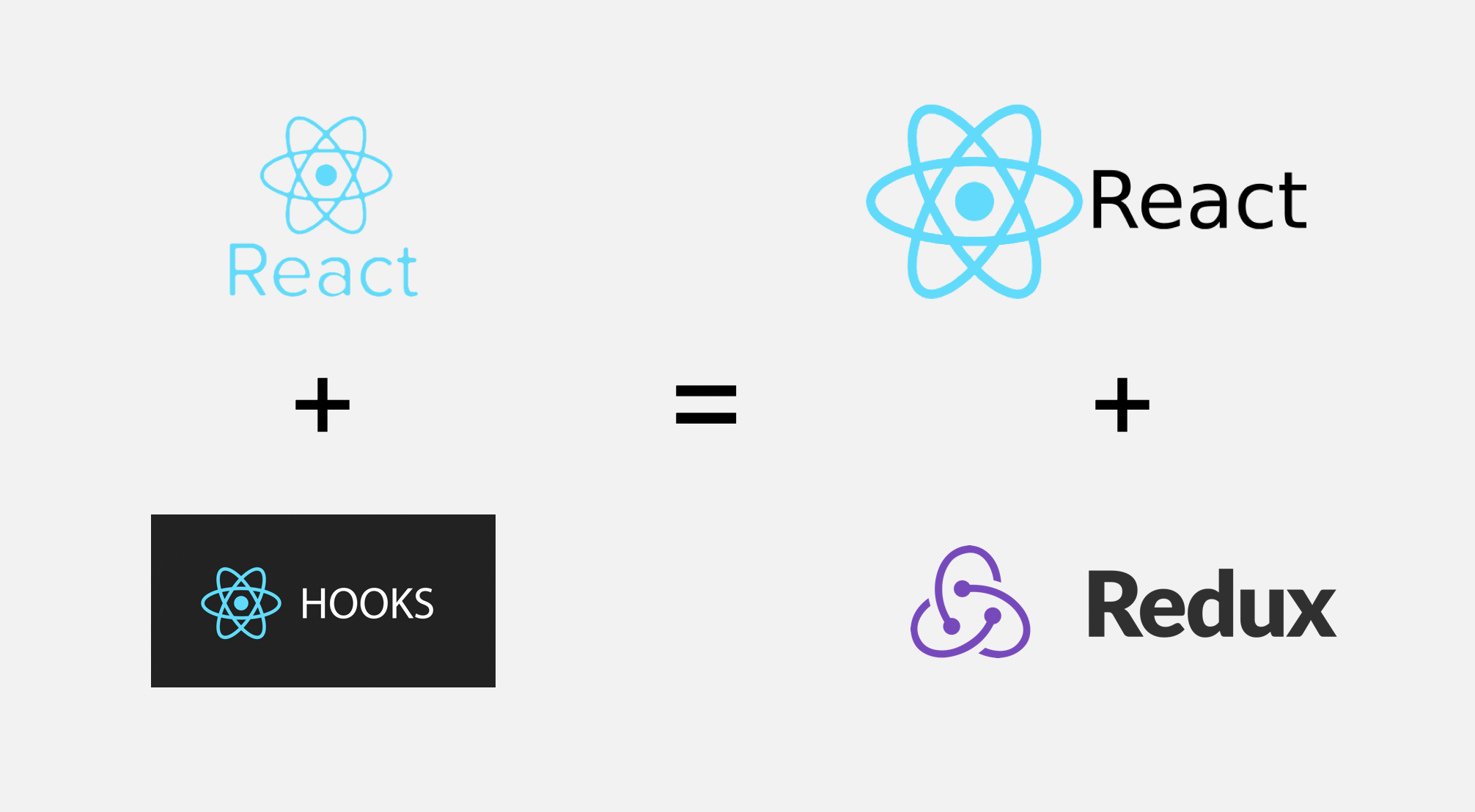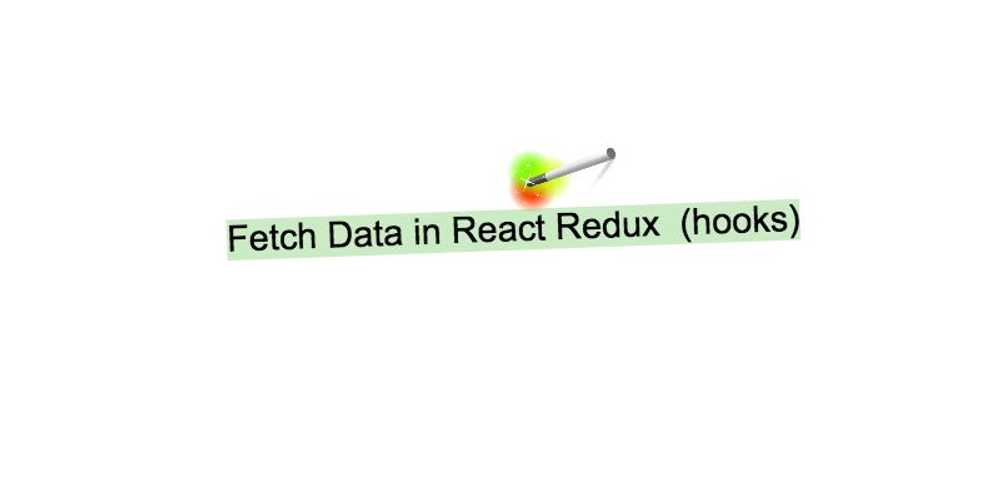

- #React redux hooks how to#
- #React redux hooks install#
- #React redux hooks software#
- #React redux hooks code#
The type is usually in all caps with its words separated by underscores. They typically have two properties: a type property for describing what the action does and a payload property that contains the information that should be changed in the app state: // action.js ActionsĪctions are objects that are used to send data to the Redux store. Redux requires three main building parts to function: actions, reducers, and store.
#React redux hooks code#
With Redux, this disadvantage becomes more severe since it requires additional code to set up a global state. One disadvantage of prop drilling is that it requires us to write a considerable amount of extra code to access data from a top-level component. Let’s take a closer look at Redux, React Hooks, and the Context API to see how they work, what challenges developers face when using these tools, and how using React Hooks and Context can help you overcome some common issues associated with Redux.Īccording to the Redux documentation, Redux is a predictable state container for JavaScript applications that helps us to write applications that behave consistently, run in different environments, and are easy to test. This makes it a much simpler, more straightforward approach to handling global state management in React applications.
#React redux hooks install#
On the other hand, with React Hooks and the useContext API, there is no need to install external libraries or add a bunch of files and folders to make our app work. However, its verbosity makes it really difficult to learn, and the extra code needed to get it working can introduce a lot of unnecessary complexity. To some extent, Redux works well for state management in React applications and has a few advantages. To solve this problem, we need to provide a global state that all components could access, no matter how deeply nested they are.īy solving this problem, Redux, an open source JavaScript library for managing application state, became the go-to solution for React developers.

This results in writing a ton of extra code, and giving components properties that they will never use also affects their architectural design. Therefore, if you want to pass data from a top-level component to, for instance, a fifth-level component, you’ll have to pass the data as a prop on each level of the tree until you get to your desired component.

There is no global state that components can access. To handle data between disconnected components in React, developers use prop drilling. If you’re more of a visual learner, the video below describes the React Context API and offers some reasons why you should replace Redux with React Hooks and Context.
#React redux hooks how to#
How to use the useReducer Hook with React Context.In this tutorial, we’ll introduce you to the React Context API for state management and explain how React Hooks and the Context API can replace Redux. And yet, far too many React developers default to Redux for state management without considering other alternatives. However, by using the React Context API in addition to the useContext and useReducer Hooks, which were introduced in React v16.8, we can implement robust state management and avoid prop drilling without the need to import additional libraries.Īt best, this makes it an imperfect solution for state management in React applications. Redux Toolkit reduces the amount of complexity of introducing Redux into our application. Redux: Do Hooks and Context replace Redux?Įditor’s note: This article was last updated 15 June 2022 to reflect changes made in React v18.
#React redux hooks software#
Ebenezer Don Follow Full-stack software engineer with a passion for building meaningful products that ease the lives of users.


 0 kommentar(er)
0 kommentar(er)
